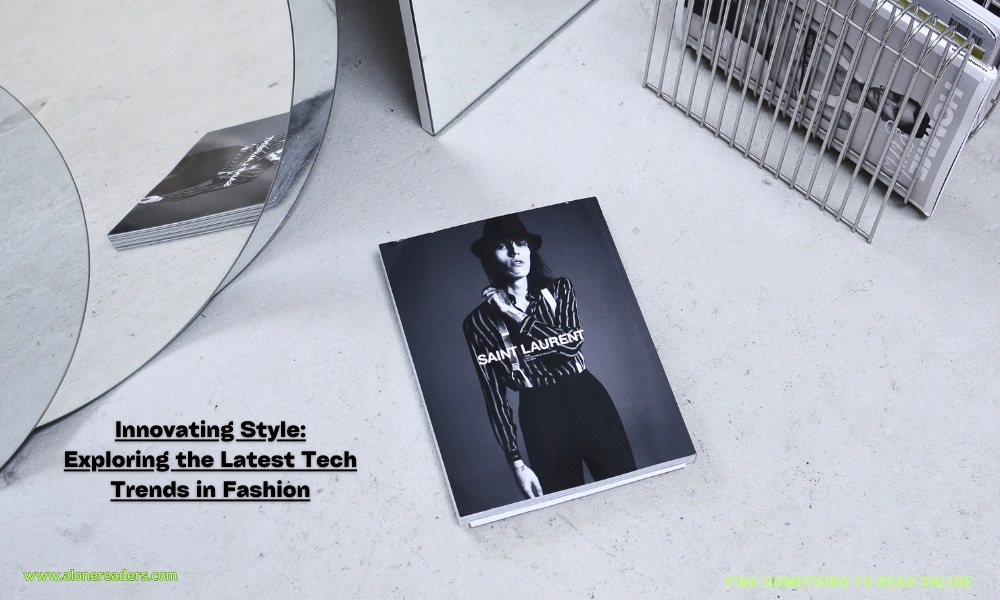
The intersection of technology and fashion has birthed a dynamic landscape where innovation meets aesthetics. This article explores the latest tech trends that are shaping the fashion industry today. From artificial intelligence (AI) in design to eco-friendly practices and the rise of digital wearables, we will uncover how these advancements are not just transforming what we wear but also how we interact with fashion.
AI has become a game-changer in the fashion industry, influencing everything from the design process to consumer interaction. Designers are utilizing AI to predict trends more accurately and create designs that align closely with consumer preferences. Algorithms analyze vast amounts of data from social media, current fashion trends, and historical fashion data to predict what styles, colors, and materials will be popular in upcoming seasons.
Moreover, AI is streamlining the manufacturing process. Automated systems can now cut fabrics and sew garments with precision, reducing waste and increasing efficiency. This integration of AI not only speeds up production but also enhances the customization of fashion items, allowing brands to offer made-to-order clothes more affordably.
Sustainability is a significant focus in the fashion industry, and technology is playing a crucial role in making fashion more eco-friendly. Brands are using tech to track the lifecycle of products to ensure they are produced and disposed of sustainably. For instance, blockchain technology is being employed to enhance transparency by tracking the journey of a garment from raw material to retail. This allows consumers to verify the ethical sourcing and production of their clothing.
Innovative materials are also a part of this trend. Scientists and designers are working together to create sustainable fabrics from unusual sources such as recycled plastics, mushroom mycelium, and even lab-grown leather. These materials not only reduce the fashion industry's carbon footprint but also offer new textures and properties that are influencing fashion design.
Wearable technology has moved beyond fitness trackers and is now being incorporated into everyday fashion. Smart fabrics and clothes that can change color or pattern with the tap of a smartphone app are already in development. These innovations offer practical functions too, such as regulating body temperature, changing fit based on body movements, or even monitoring health metrics.
VR and AR are transforming the way consumers shop for clothing. Virtual fitting rooms allow customers to try on clothes virtually, using just a smartphone or a VR headset. This technology not only enhances the online shopping experience by reducing the uncertainty of fit and style but also helps reduce return rates.
Augmented reality apps enable consumers to see how accessories like glasses, watches, and even makeup will look on them before making a purchase. This immersive technology is making shopping more interactive and fun, bridging the gap between online and in-store experiences.
The digitalization of fashion extends into the realm of digital-only clothes and accessories. These items exist solely in the digital world and are purchased and worn in virtual environments, such as social media or virtual worlds. Moreover, the rise of non-fungible tokens (NFTs) has allowed designers to sell unique digital fashion pieces as collectibles, creating a new market for exclusive virtual goods.
The fusion of technology and fashion is reshaping the industry in unprecedented ways. As we continue to witness the emergence of new technologies, the fashion world remains at the forefront of innovation, continually adapting and evolving. These developments not only promise a future where fashion is more interactive, sustainable, and personalized but also where the line between the digital and physical worlds becomes increasingly blurred. This exciting frontier suggests that the future of fashion will be as much about technology as it is about textiles.